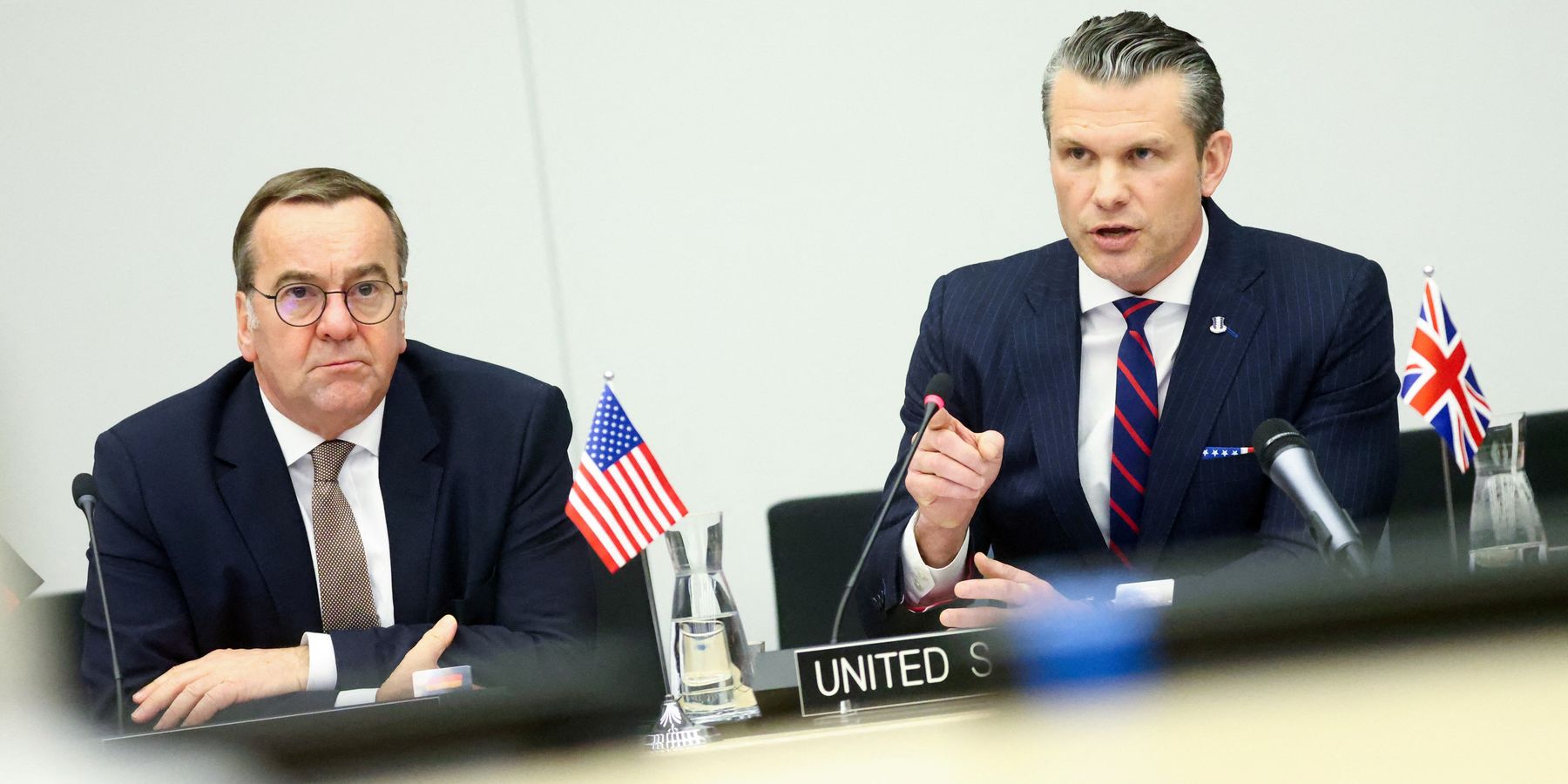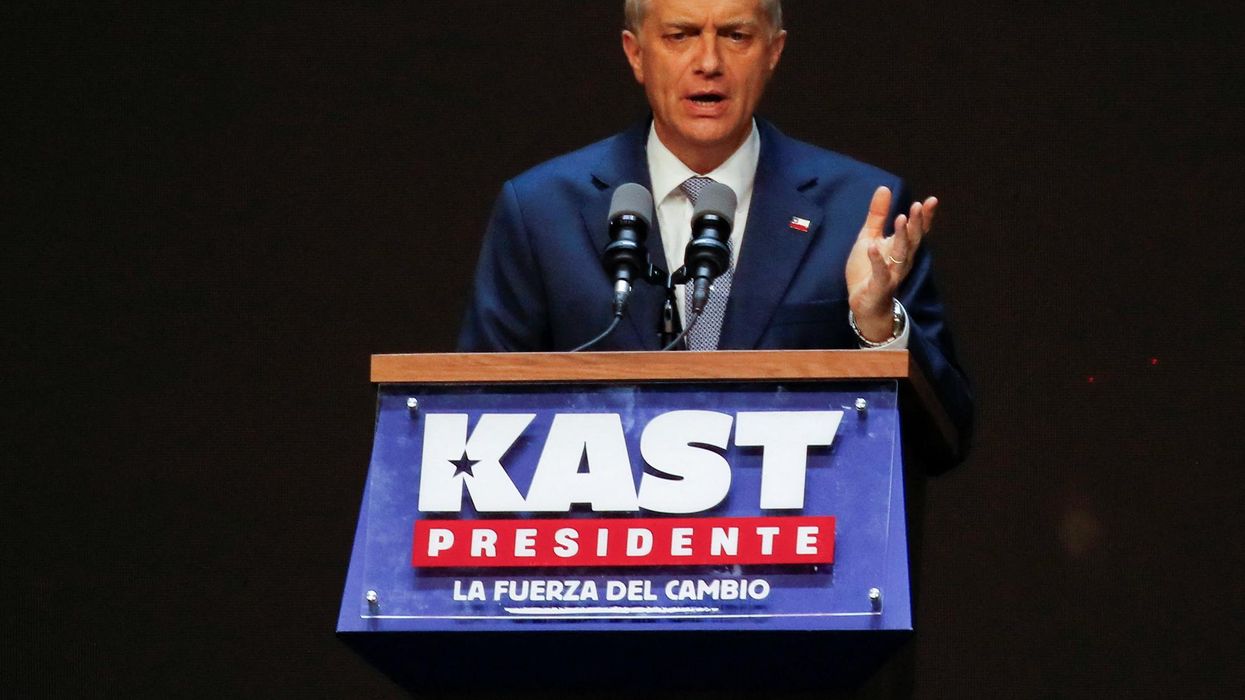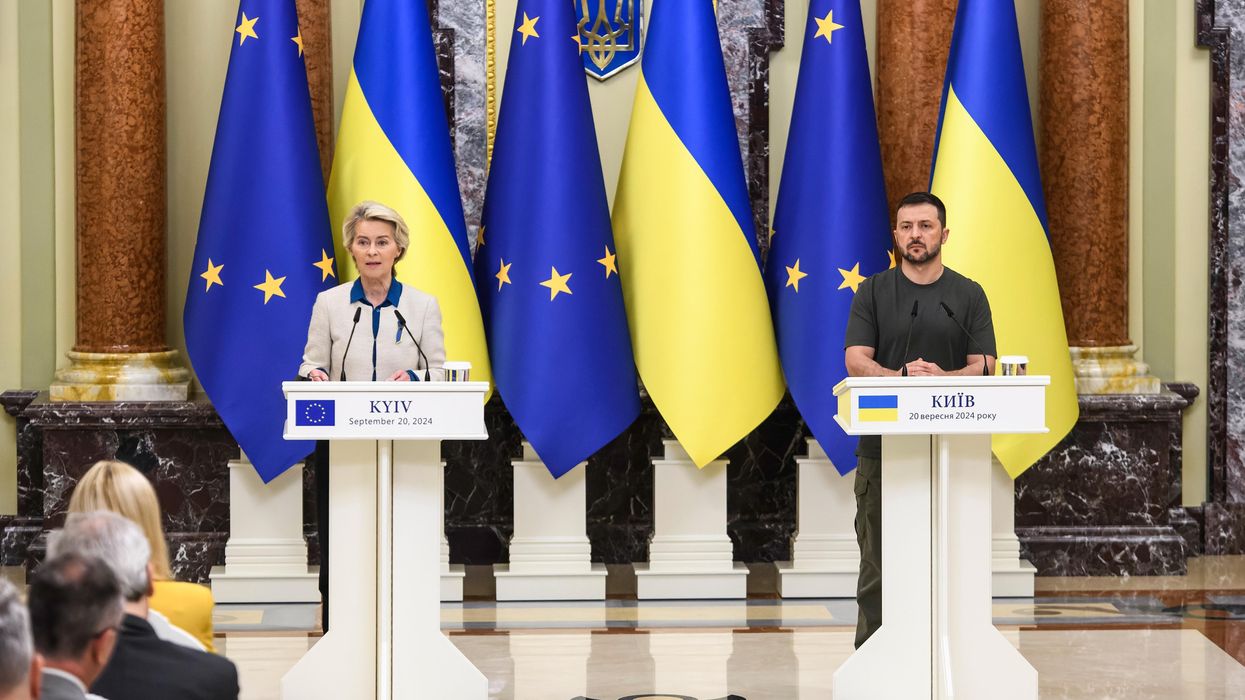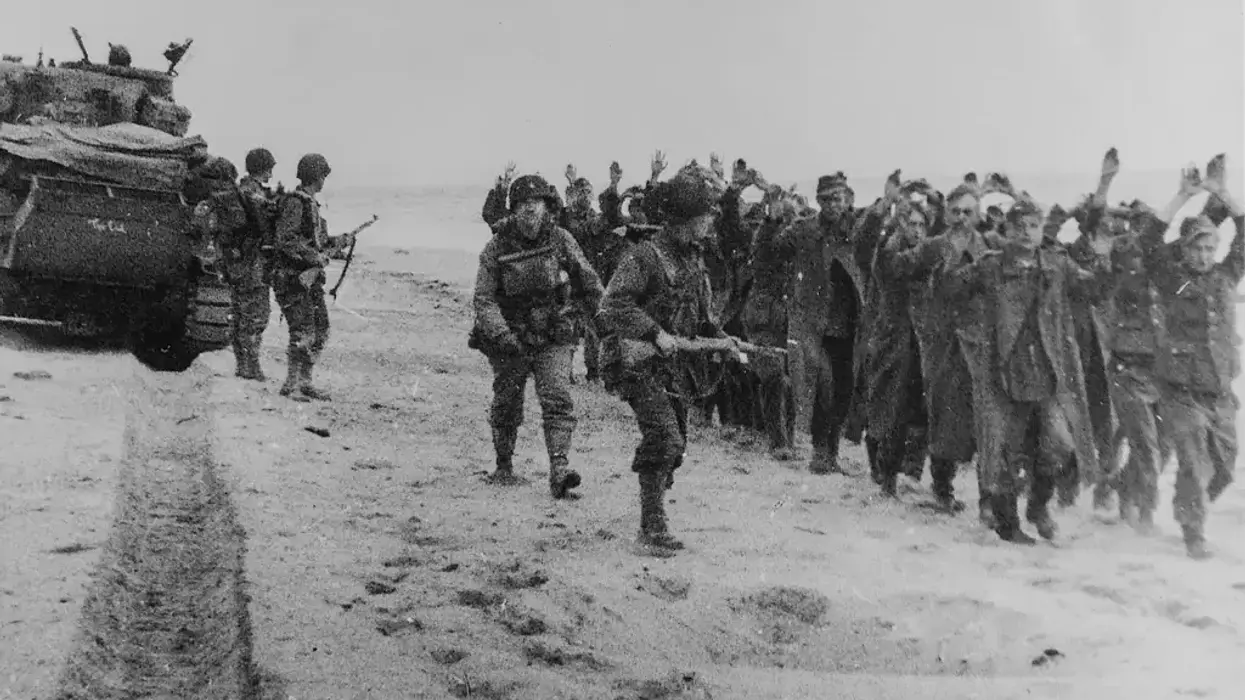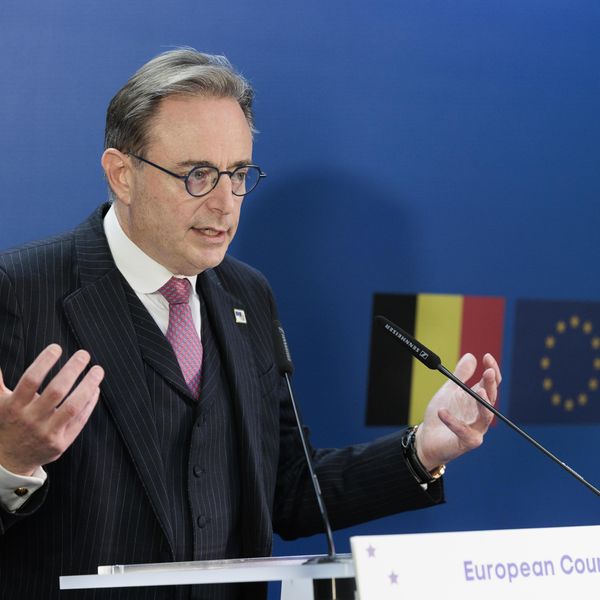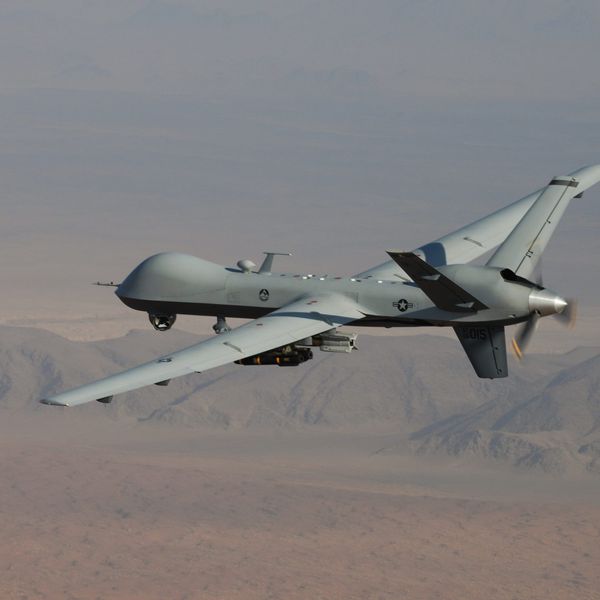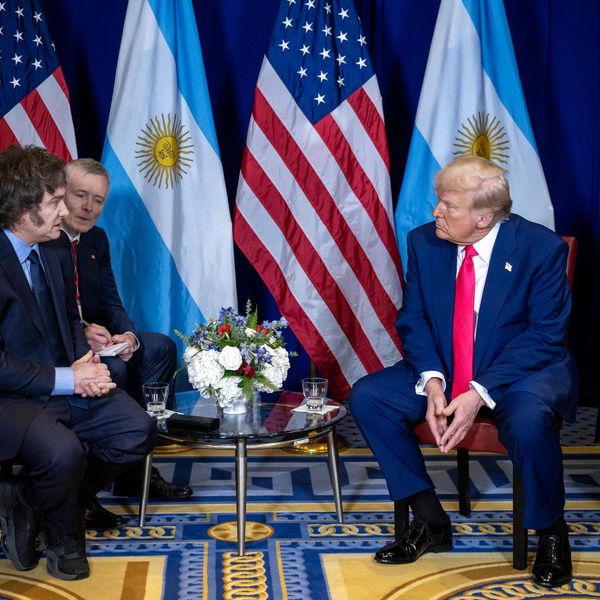U.S. Secretary of Defense Pete Hegseth showed unusual candor in his remarks today to the NATO membership about the terms of peace for Ukraine. Although they are unlikely to see things this way, he deserves special gratitude from the Ukrainian and European establishments, for his statement dispels the illusions in which they have been indulging themselves — illusions that if continued could hold up the peace process and increase the dangers to Ukraine.
In remarks before a meeting of the Ukraine Defense Group of NATO defense ministers and in advance of the Munich Security Conference next week, Hegseth said the following:
“We want, like you, a sovereign and prosperous Ukraine, but we must start by recognizing that returning to Ukraine’s pre-2014 borders is an unrealistic objective. Chasing this illusionary goal will only prolong the war and cause more suffering.
“A durable peace for Ukraine must include robust guarantees to ensure that the war does not begin again. …That said, the United States does not believe that NATO membership for Ukraine is a realistic outcome of a negotiated settlement. Security guarantees must be backed by capable European and non-European troops. If these troops are deployed as peacekeepers at any point, they should be deployed as part of a non-NATO mission and should not be covered under Article 5. …To be clear: As part of any security guarantee, there will not be U.S. troops deployed to Ukraine.”
In practice, Hegseth’s statement also rules out European troops for Ukraine. Russia has made clear that it will accept only troops from genuinely neutral countries as peacekeepers, and European leaders have stated that they would only deploy their own troops if given a cast-iron assurance by the U.S. that America would come to their aid if attacked — an assurance that Hegseth has just ruled out.
And while Hegseth restated the U.S. commitment to the defense of NATO within its existing borders, he is also expected to repeat Trump’s demand that European countries raise their own defense spending to five percent of GDP. On the one hand, this is a strong indication of the Trump administration’s belief that in the future, Europeans themselves must be chiefly responsible for Europe’s defense.
On the other hand, it isn’t going to happen. Given the combination of economic stagnation, budgetary pressures and the erosion of support for establishment parties, such an increase is out of the question — especially if this means spending the money not on European but on U.S. weaponry. In consequence, while the Trump administration will remain in NATO, friction between Washington and Europe can be expected to increase, and U.S. support for European agendas to diminish.
The truth of the matter is that European establishments find themselves in the position of a cartoon character who has run out over the edge of a cliff, and continues running on air for several seconds before realizing that there is no ground underneath him, at which point he falls with a shriek. For years now, European policies towards Russia and Ukraine, and hopes of expanding the EU eastwards, have not just been predicated on support and encouragement from the United States, they have tagged along behind the U.S. Under EU President Ursula von der Leyen and foreign policy chief Kaja Kallas, the EU’s central bureaucracy virtually transformed itself into the political and economic wing of NATO. The wing is still flapping, but where’s the bird?
Some European establishments are still flapping pretty hard. In response to Hegseth’s comments, UK Defense Secretary John Healey said that “We hear your concerns on stepping up for Ukraine, and we hear your concerns on stepping up for European security. We are and we will.” CNN commented that “The UK may quickly be supplanting the US as Ukraine’s closest western ally.”
Given the absurd disproportion between U.S. and British military and economic resources, if any British official, politician, analyst, or journalist actually believes that this is a viable policy, they are criminal lunatics. If they don’t, and are just posturing for effect, they are wasting their own and everybody else’s time, because nobody in the world believes in the masquerade — least of all in Moscow or Kyiv, where President Zelensky has declared that “There are voices which say that Europe could offer security guarantees without the Americans, and I always say no. Security guarantees without America are not real security guarantees.”
The idea of European troops for Ukraine was in any case not just foolish, but evidence of cognitive dissonance in European thinking. For on the one hand, the need to take a hard line against Russia has been publicly justified by the argument that if not stopped in Ukraine, Russia will in future “test” NATO by taking some action against Poland or the Baltic States — although there is no actual evidence that this is part of Russia’s plans, and the U.S. Article 5 guarantee to NATO would make this hideously dangerous for Russia.
On the other hand, some of the very same analysts have proposed sending European troops to Ukraine, thereby giving Russia the opportunity to “test” Western resolve at far lower risk.
If they stand on the defensive within their existing borders, NATO and the EU are in fact extremely safe. No conceivable Russian gains could justify the risks Russia would run in attacking them. Moreover, while Europe certainly should increase its military spending, it does not need to spend fortunes on extremely expensive high-tech weapons platforms.
The key military lesson of the Ukraine War has been that low-cost killer and surveillance drones, if available in adequate numbers, can make it impossible to mass armor and infantry for a traditional offensive. Tanks have virtually disappeared from the front lines on both sides. The Russians have been reduced to bringing up troops in tiny packets, because larger concentrations are immediately spotted and decimated. The same factor would apply to any war between Russia and the West, and we can be sure from the way it has changed its tactics that the Russian high command realizes this perfectly well.
In his statement to the other NATO defense ministers, Hegseth repeatedly stressed the words “realistic” and “realistically.” Realistically, it was obvious for years before the Ukraine War that NATO countries would never fight to defend Ukraine; and on the eve of the invasion, the Biden administration and every other NATO government refused to give Ukraine a timetable for membership. Yet at the same time, they preserved the public illusion that Ukraine would one day join NATO, and they refused to negotiate a treaty of neutrality with Moscow.
Since the failure of the Ukrainian counter-offensive in 2023, 16 months ago, it has been obvious that Ukraine could not regain its lost territories, but Western officials went on committing themselves publicly to this outcome and rejecting territorial compromise. Something in the region of a quarter of a million human beings have now died so that Western establishments could continue to propagate these illusions. It is time to let them go, and we should be grateful to Hegseth for saying so.
- Right now NATO could not win a war with Russia ›
- When officials say the quiet part about Russia and NATO out loud ›
- Munich Dispatch: Zelensky calls for an 'Army of Europe' | Responsible Statecraft ›
- Lindsey Graham just won't give up the Ukraine-NATO ghost | Responsible Statecraft ›
- Fareed Zakaria, stuck somewhere in 1950 or 1995, is wrong again | Responsible Statecraft ›
- No NATO for Ukraine is key to jumpstarting stalled talks | Responsible Statecraft ›

